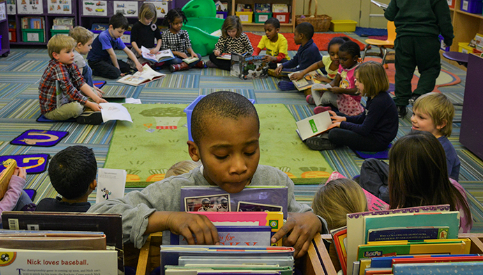Graphic organizers are powerful tools that help students make sense of what they read. These visual aids provide structure, helping learners organize information, see connections, and improve their comprehension. From young readers exploring story elements to older students analyzing complex texts, graphic organizers offer a flexible way to support reading development across all grade levels.
Clarifying Ideas and Information
One of the main benefits of using graphic organizers is that they make abstract ideas more concrete. Tools like Venn diagrams, story maps, and cause-and-effect charts help students break down content into manageable parts. By visually mapping out information, learners can better understand relationships, sequences, and key themes within a text.
Enhancing Focus and Retention
Graphic organizers encourage active engagement with the text. Instead of passively reading, students are guided to highlight important details and make connections. This hands-on approach helps with memory retention, as students process the material in multiple ways—through reading, writing, and visualization.
Improving Reading Comprehension
Comprehension grows when students can see the bigger picture. Graphic organizers support this by allowing readers to track character development, plot progression, and informational structure. Tools like timelines, flowcharts, and main idea-webs help students grasp the overall organization of a text, leading to deeper understanding.
Supporting Diverse Learners
Graphic organizers are especially helpful for students who benefit from visual learning. English language learners, students with learning differences, and those who struggle with reading can all gain confidence by using these structured supports. Teachers can adapt organizers to fit the needs of individual learners, providing scaffolding that helps everyone succeed.
Encouraging Independent Learning
As students become more familiar with graphic organizers, they can begin to choose and use them independently. This fosters self-guided learning, where readers select tools that match the task—such as using a KWL chart before and after reading an article or a sequence chart to summarize events. These habits contribute to stronger study skills and academic growth.
Conclusion
Graphic organizers are more than classroom extras—they are essential strategies that enhance how students interact with texts. By helping learners organize their thinking, understand content, and retain information, graphic organizers strengthen reading skills and promote independent learning. Encouraging their use in both school and home settings can make reading more accessible and enjoyable for all students.






